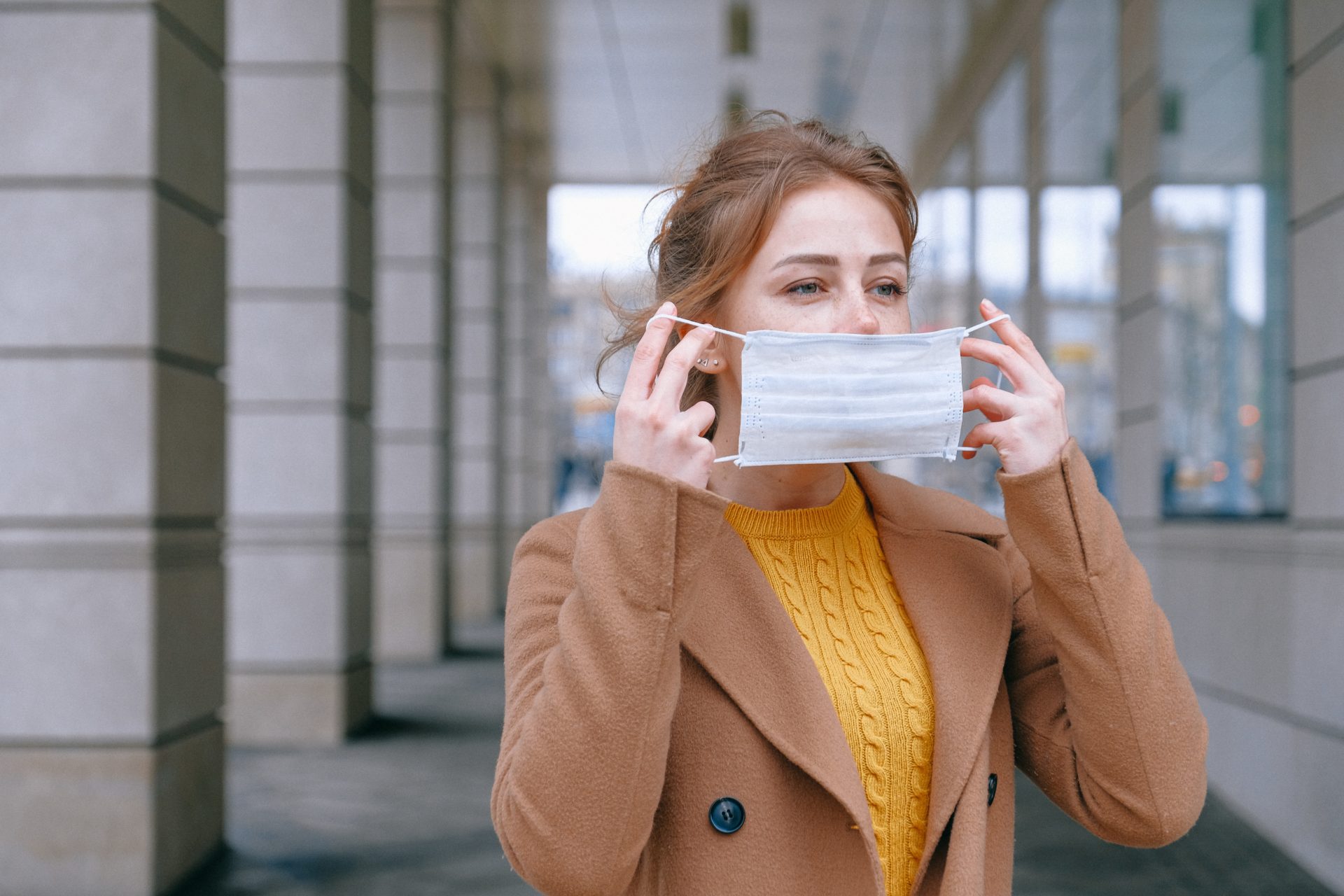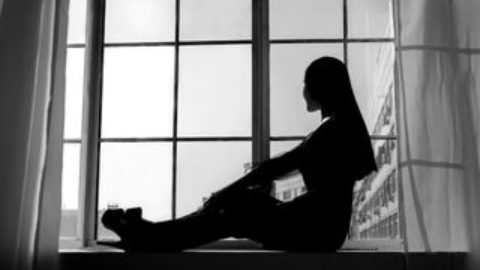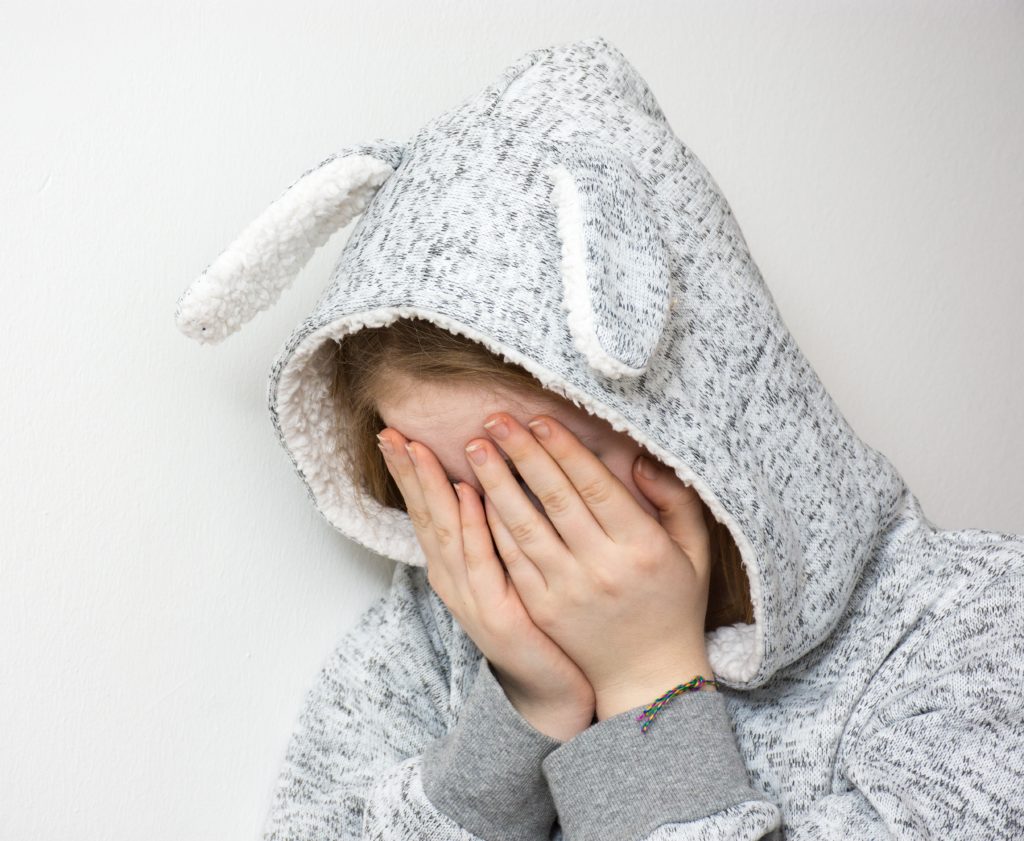Countless videos of public confrontations between those who refuse to wear.

Countless videos of public confrontations between those who refuse to wear them and those who urge them to wear them have been shared on social media. Another twist in a pandemic full of them is how a piece of paper (or cloth) with two elastic bands became a social, political, and philosophical firestorm. “It’s a fascinating research in psychology,” Kristen Wynns, a Cary, North Carolina psychologist, said. It is difficult to approach someone who refuses to wear a mask.
“I keep thinking someone, if not me, needs to write a book after all this is done,” she continued.
During the pandemic, Wynns and others who research human nature had enough to study.
Wynns stated, “I’m wearing a fabric one made of a print material and sitting on the veranda outside my office,” while wearing a fabric made of print material, “I can’t handle it anymore. I’m not one of the people who has grown accustomed to it. And it makes me feel constrained.”
Despite her feelings, she wears a mask in public and in close quarters with people she doesn’t live with. Wear a cover for some people who is sick. It makes breathing challenging; we need to approach them for safety, but the problem is how to come to them?
Typical Advice.
“When it comes to this, my typical advice is to go with the individual who is more worried or conservative,” Wynns said. During the interview, when her mask kept coming off, she followed her own advice making sure the photographer, who was socially distanced, didn’t mind if she removed it.
But even though she personally doesn’t like masks, she understands why the CDC wants people to wear one and why most people think they should be worn.
It’s all about social etiquette, she remarked.
“When we go out in public, even before COVID-19, the common rule is to be nice regarding health. That’s why we sneeze into our elbows to be courteous and protect others around us,” Wynns explained. “So, in general, I believe if we have that idea that when we’re out in public, let’s all just try to be nice.”” Approach Someone who Refuses to Wear a Mask in public is difficult, but it is more complicated if we let them do it, and it will sacrifice their health and even other people’s.
But what if you’re out in public and come across someone who believes wearing a mask is impolite and infringes on their rights? Therefore, they’re not wearing one?
“Most individuals would just back out of that situation and try to get away from them without getting into a fight,” Wynns added.
If you insist on saying something, Wynns has some suggestions: “‘Hey there,’ walk up and speak. Please adhere to the store’s mask policy to be more comfortable. It’s just a courteous question. Then, if they agree, that’s fantastic.”
What happens if they don’t?
“Then I would just kind of go on,” she added, “but confronting someone and asking, ‘Why aren’t you wearing a mask? Put on your mask,‘ I just don’t believe that scenario benefits anyone.”
Wynns also advises against using passive-aggressive techniques such as gazing, eye-rolling, snarling, and gestures.
If you ignore that advice, you can wind up in one of the innumerable public confrontations between the disguised and the unmasked that have been seen on camera.







